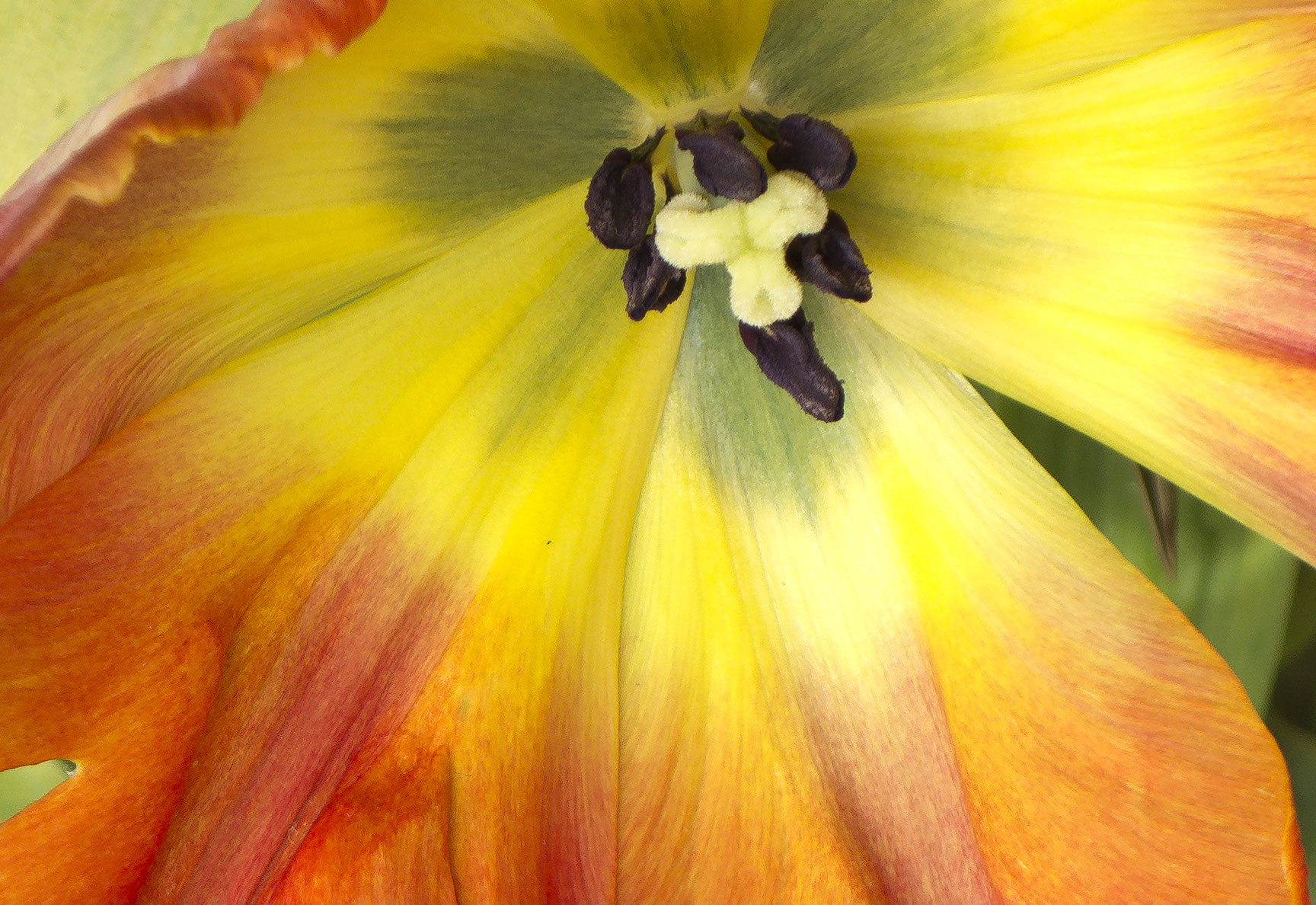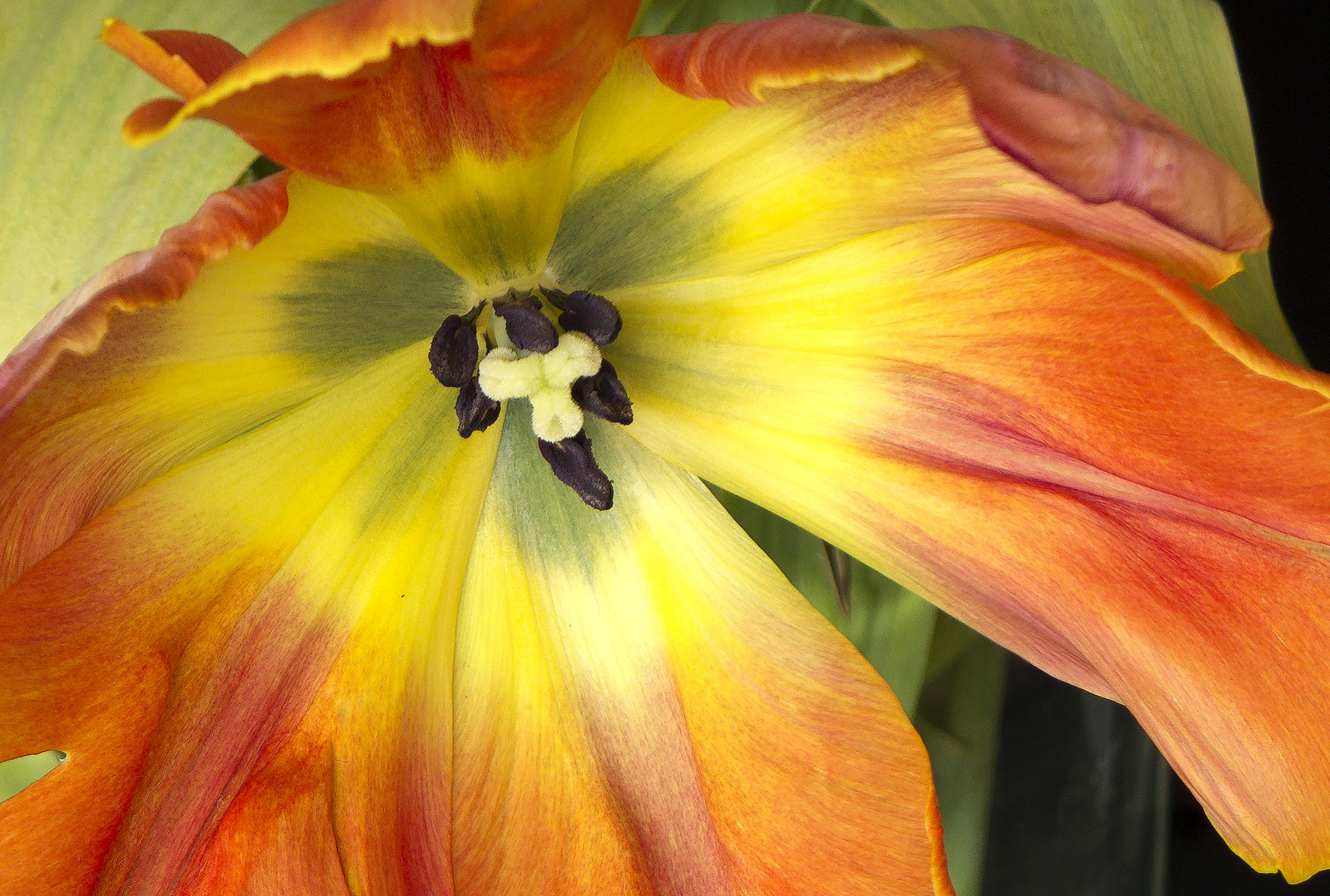Oversampling for Image Quality: 109 Megapixel Sony RX100 tulips
There is considerable confusion and consternation out there about 50 megapixel sensors out there (“ridiculous”, “pointless”, “unnecessary”, etc). But this is flat-out untrue. Because with similar sensor technology, more megapixels are always superior.
What follows is a updated version of my March 7 2013 blog discussion of this topic.
Oversampling for Image Quality (109 Megapixel Sony RX100 tulips)
Capturing an image at a much higher resolution than needed for the end result is of great value in obtaining a clean and noise free result.
Oversampling benefits for image quality hold true as much for images as for high-fidelity audio. And perhaps more so.
But the oversampling will make possible images in the 70 megapixel range (from ~140 megapixel sensors) that will rival any medium format camera available today. Pick any numbers you like, the idea remains the same.
To speak to current 50-megapixel camera developments: 25 megapixel images of superb quality should result from a 50-megapixel sensor. Those who protest that 50 megapixel is unnecessary aren’t seeing the whole image quality picture. Of course, I will *prove* this just as soon as I can get my hands on a Canon 5DS R.
Sensor existence proof — Sony RX100
Even native pixels without downsampling should be excellent, the Sony RX100 being an existence proof (its main failing being a weak lens, albeit a lovely rendering style).
The Sony RX100 is a 20-megapixel camera whose sensor if scaled to full-frame DSLR at the same pixel density would be 148 megapixels. Yet its per-pixel image quality is first-rate.
Still, let’s make a point of being cranky and saying that the RX100 sensor quality is not good enough (untrue). The stitched image below is close to our theoretical size— 109 megapixels (stitching simulates a larger sensor size with similar megapixels and with the photosite size that a full sensor would have). Even on a per-pixel basis (before any downsampling), its quality is excellent.

The crop below is actual pixels from the 109 megapixel image above, showing that if we had a DSLR with the same per-pixel quality, it could be stunning, and in a single shot. This is not to say there is 109 megapixels of detail; it’s just that there is a lot of detail, and that oversampling minimizes various unpleasant artifacts.
Click for actual pixels.

The image doesn’t need downsampling to fix any quality issue (it’s already excellent). So make a print and be done with it. But this might not always be the case (noise, poor exposure situations, jagged edges, etc). Downsampling can reduce all these artifacts and in some cases, nearly eliminate them. Referring back to the 50 megapixels Canon 5DS, shooting at 50MP for 25MP output (e.g., what a client might need), will surely deliver higher quality.
Shown below is an actual pixels crop from the 54-megapixel image downsampled from the 109-megapixel image.
Click for actual pixels.

Bottom line: megapixels correlate with image detail, but the main thing is that with some subjects, more megapixels increase total image quality by reducing the artifacts of digital capture (especially with Bayern matrix sensors). The “shoot at 50MP”, “deliver to client at 25MP” is one way to think about it.
David S writes:
I fully agree that 50 megapix sensors will indeed be beneficial to many photographers.
Three other applications for 50 megapix, all related to cropping, come to mind:
1) Action Photography - For example, bird photographers typically prefer APS-C sized sensors because of the crop factor and the greater density of pixels per area of the frame. However, trying to find a bird in flight in an APS-C viewfinder when using a 400 to 600mm lens is quite difficult. Therefore, having the wider field of view offered by a full-frame camera is beneficial over APS-C for this and other action photography applications since the wider field of view allows the action to be more easily found. When a 50 megapix full-frame image is then cropped to APS-C size to better fill the final picture with the action, a resolution of approx. 20 megapix (similar to Canon 7D II) can still be retained;
2) When aspect ratios other than 4:3 are desired (eg 1:1, 16:9, 1:3 etc.) the final picture will retain more pixels than is currently possible;
3) When a long enough lens is not available for the desired composition, cropping will be a more viable option with a 50 megapix sensor (the lens needs to be up to the task of course). So 50 megapix sensors will indeed bring benefits to many photographers.
DIGLLOYD: Indeed, I have used some such benefits with the Nikon D800E/D810 when shooting things like crew (rowing) with a 70-200, which sometimes is just not long enough.
































